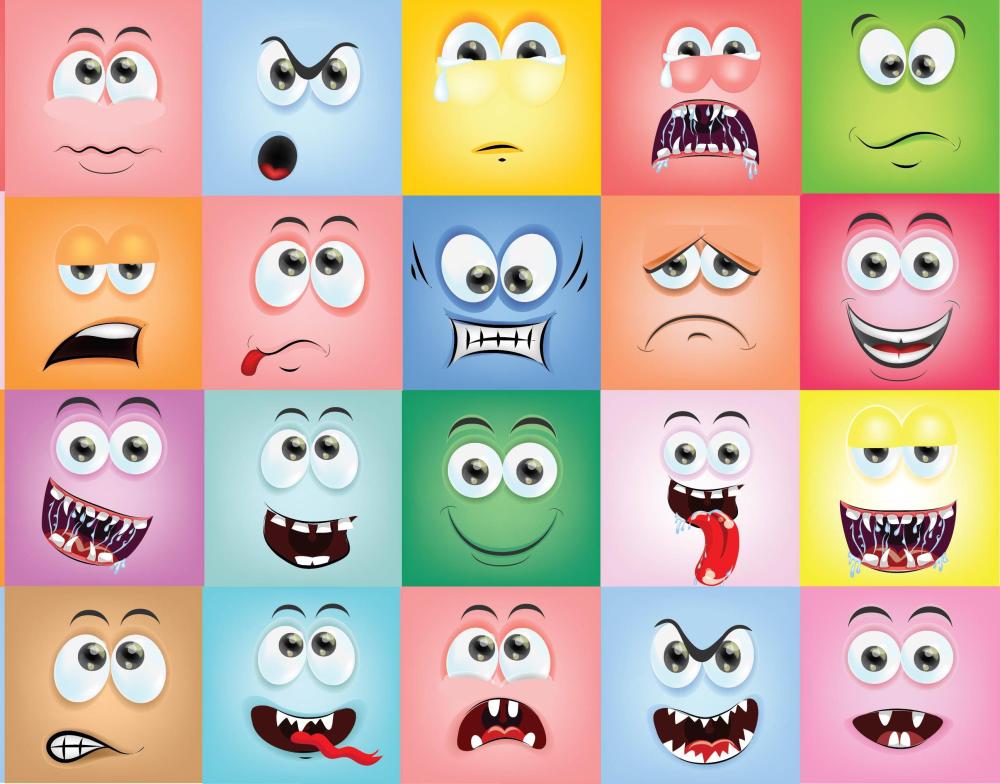At WiseGEEK, we're committed to delivering accurate, trustworthy information. Our expert-authored content is rigorously fact-checked and sourced from credible authorities. Discover how we uphold the highest standards in providing you with reliable knowledge.
What are Some Texting Acronyms?
With the advent of texting, also called Short Message Service (SMS), on cell phones, the already crowded world of online chat acronyms has become even more expanded. Although most providers charge for texts, packages make them quite affordable, and younger users especially communicate extensively with texts as a way of staying constantly in touch without having to actually speak on the phone and disrupt whatever might be going on around them. Texting acronyms are often even shorter than those used in chats, and they can get quite obscure, to the point where those not in the know wouldn’t even know to look for words. Often, numbers are used in place of letters, as this can be easier to write quickly on a cell phone.
Many texting acronyms are the same as those used on computers. Traditional initialisms include the following:
- BRT meaning Be Right There,
- AFAIK meaning As Far As I Know,
- ATM meaning At The Moment,
- ROFL meaning Rolling On the Floor Laughing,
- TTYL meaning Talk To You Later,
- and IDK meaning I Don’t Know.

A number of acronyms substitute a number or numbers for letters in order to make writing out words even faster. This is done to some extent in certain chat environments, but is much more common in the world of texting. Many texting acronyms make use of the number 8 as a substitute for the sound –ate, and even for words that rhyme with eight, such as the word hate. The numbers 2 and 4 are also often used for their respective sounds.
Some texting acronyms that make use of number substitution for sound include the following:
- gr8 to mean Great,
- 4ever to mean Forever,
- 4nd to mean Friend,
- 2nite or 2nt to mean Tonight,
- M8 to mean Mate,
- L8r to mean Later,
- and simply the number 2 for the word To or Too, as in 2b or nt 2b?.

Other texting acronyms use single letters to substitute for entire sounds, either replacing the word of phoneme that the sound represents, such as the letter c for the word See, or else an approximation of the sound, such as the letter n for the word And. Examples of this include ne1 for the word Anyone, r for the word Are, y for the word Why, and IC to mean I See.

Still others make use of traditional number-based codes used in police dispatches and commercial band radio. These include things like the use of 20 to mean where are you, 411 as a request for more information, 404 meaning one doesn’t know the answer, or 86 to mean an end.
A number of texting acronyms use numbers to represent some common words that have that number of letters. In this sense, these acronyms are more like a simple form of code. While most are decipherable, even by those who haven’t been initiated into their meanings, this type is virtually undecipherable unless you are aware of the meanings. An example of this can be seen in the fairly common 143, where the 1 represents the single-letter word I, the 4 represents the four-letter word Love, and the 3 represents the three-letter word You, making 143 slang for I Love You. A hybrid form can be seen in 183, interpreted as I Hate You.
AS FEATURED ON:
AS FEATURED ON:













Discuss this Article
Post your comments